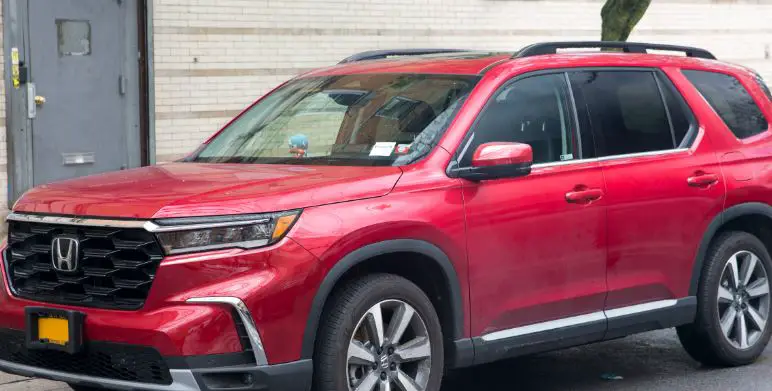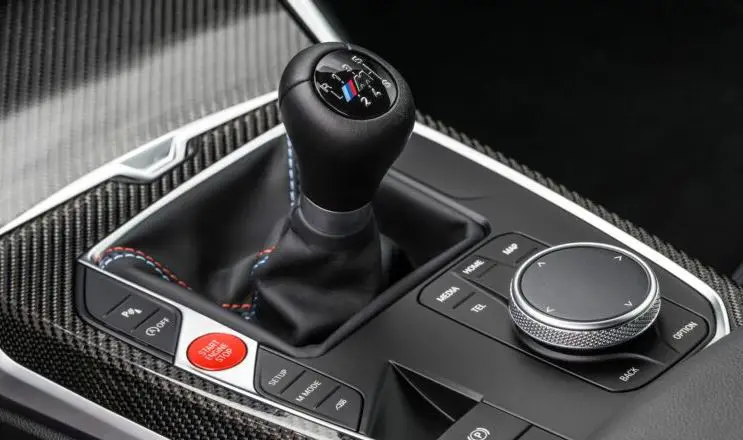Popping your head out the sunroof window and enjoying the breeze brushing through your hair and across your cheeks is one of the ultimate desires of any car owner. But not all car owners can have the luxury of an OEM sunroof in their car.
So, what is the best alternative?
An aftermarket sunroof is a safe bet for owners who either want to introduce a new sunroof from scratch in their standard vehicle or who want an improved version of an existing sunroof installed in their car.
In either case, car owners must explore the sunroof types and get a comparison of sunroof options to choose the correct path. Luckily, we have compiled all the essential information that you need to know in this ultimate aftermarket sunroof guide.
So, let’s dive in. Shall we?
What is an aftermarket sunroof?
An aftermarket sunroof is a customization available at car maintenance, repair and detailing service providers. Usually, sunroof-compatible cars come with pre-installed sunroofs. However, if you want to cut down the car’s trim and install a sunroof, then this type of installation will fall in the category of aftermarket sunroof. The aftermarket sunroof types include:
- Traditional Tilt-Up Style: These standard sunroofs have a manually operated rear latch or a flip-up/pop-up crank.
- Electric Spoiler Sunroof: The glass slides up and over each other in this type of electrically operated sunroof.
- Electric In-Built: These electric sunroofs work on the exact opposition operation as the electric spoiled sunroof. The sunroof glass slides down and below each other.
How is it different from a factory-installed sunroof
The sunroofs that come from the factory, also known as an OEM sunroof, are typically installed only in the vehicle manufacturing plant. Once the vehicle leaves the manufacturing centre, it has an OEM Sunroof already in its trim spec.
On the other hand, any other sunroof installed on the vehicle will fall into the category of aftermarket sunroof. The OEM sunroof is specific for a particular type of car make and model.

Typical Cost of an aftermarket sunroof
Contrary to the misconception that aftermarket sunroof types are cheaper options, the reality is that they are way costlier than their actual worth. Typically, the installation of an aftermarket sunroof will cost you anywhere between $200-$2000. The price variation depends upon the car type, model, size and sunroof types selection.
Steps for installing an aftermarket sunroof
Sunroof installation is typically very easy, as multiple sunroof kits are available on the market.
- Find out whether any sunroof options are available for your car or not
- Assess the top of your car – take the necessary measurements
- Consider any rooftop accessories like antennas installed on your car
- Assess the interior side of the car roof and determine the type of accessories present in the interior roof
- Measure the flat top section of your vehicle where you want to install a sunroof
- Select the type of sunroof you want to install
- Decide on a shade type and roof type for your car
- Research your options and pick a suitable sunroof kit
- Find an installer and he will follow the directions of the sunroof kit to install aftermarket sunroof
- Typically, the installer will use masking tape to cover your flat top
- Directly place the aftermarket sunroof template on the masking tape to make it stick
- Seal the edges and you are ready to roll
How long does it take to get a sunroof installed?
Aftermarket sunroof installation is generally very simple. Typically, it will take only 60 to 90 minutes to install an aftermarket sunroof kit that you have selected already.
If you are hiring a professional to do the aftermarket roof installation, you can expect the job to take a little longer as the automotive maintenance and repair service providers usually clean the surfaces before and after the project is complete.
Can I install a sunroof in my car myself?
Although the aftermarket sunroof installation sounds like a simple and easy-do job, there are huge chances that you can mess up the integrity of your car while attempting the installation.
Aftermarket sunroof installation is intricate, so it is best to hire a sunroof installation expert to complete the job for you. By doing so, you can minimize the car safety risks and get a better finish as compared to DIY sunroof installation.
Drawbacks of an aftermarket sunroof
Warranty:
In most cases, it is by no means legal for any warranty provider to void the car warranty due to aftermarket items installed in your car. You only need to worry about voiding the warranty on your car if the aftermarket sunroof causes any damage to your vehicle.
Insurance:
A common question in this case is whether an aftermarket sunroof will increase the cost of car insurance or not. Sunroofs are an expensive aftermarket accessory, so the insurance cost needed to cover this type of vehicle customization will be slightly higher than usual.
Make The Right Decision
Before you jump into spending your money on aftermarket sunroof installation, consider all your sunroof options and choose only compatible sunroof types. Always choose a professional to do the task for you.









